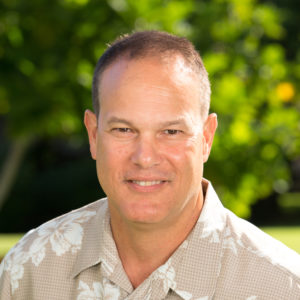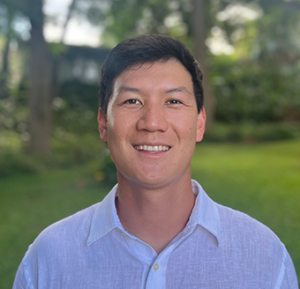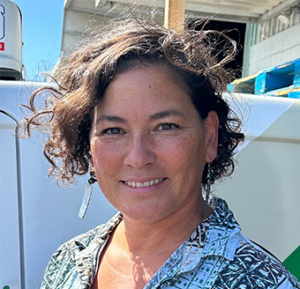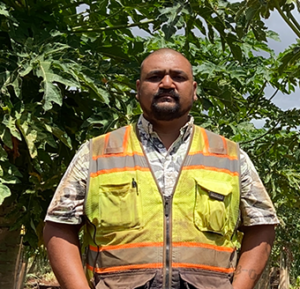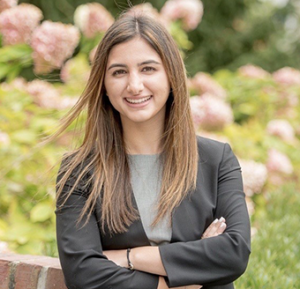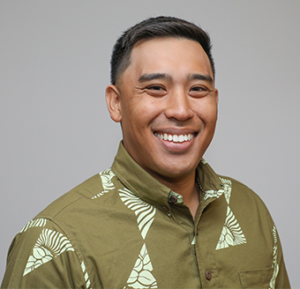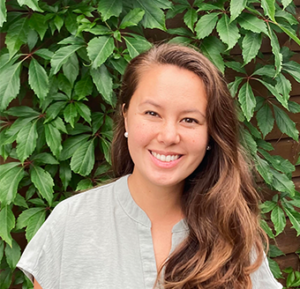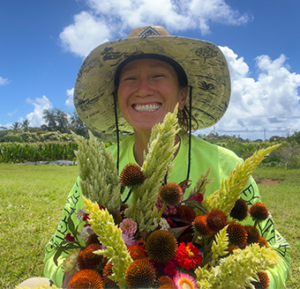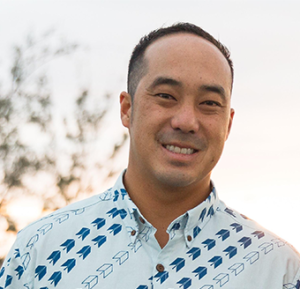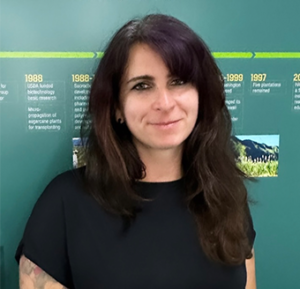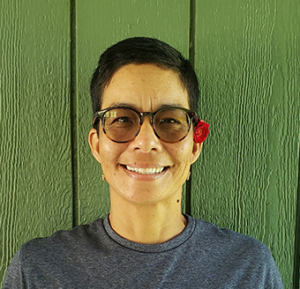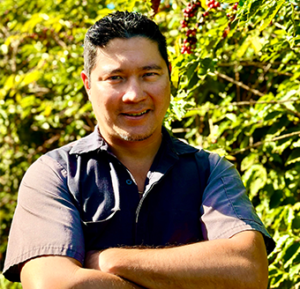Our morning began, as it does, at Vantage Point. Once again our iPhone cameras are sadly lacking
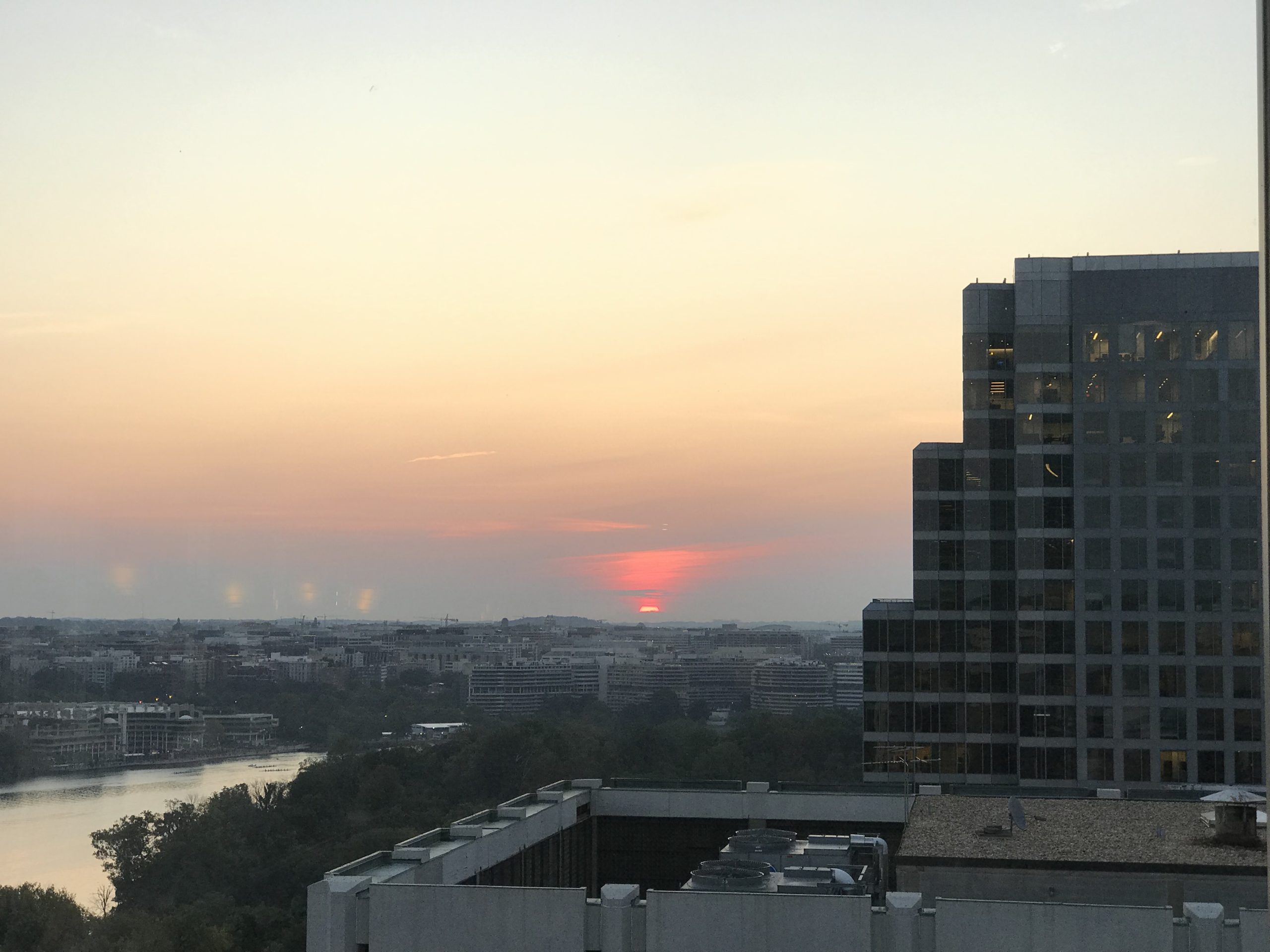
About 3000% more stunning in person
The car driving volunteers, Nick, Drew, Chris, and Myself, depart a bit earlier than the others for what we think will be an uneventful car pick up. While the rest of the group takes the metro to meet us at the end of the yellow line: Greenbelt station.
I’ll spare you the mundane details of exactly what wasn’t great at the car rental place. Suffice to say we were delayed. And Chris had to make this face.
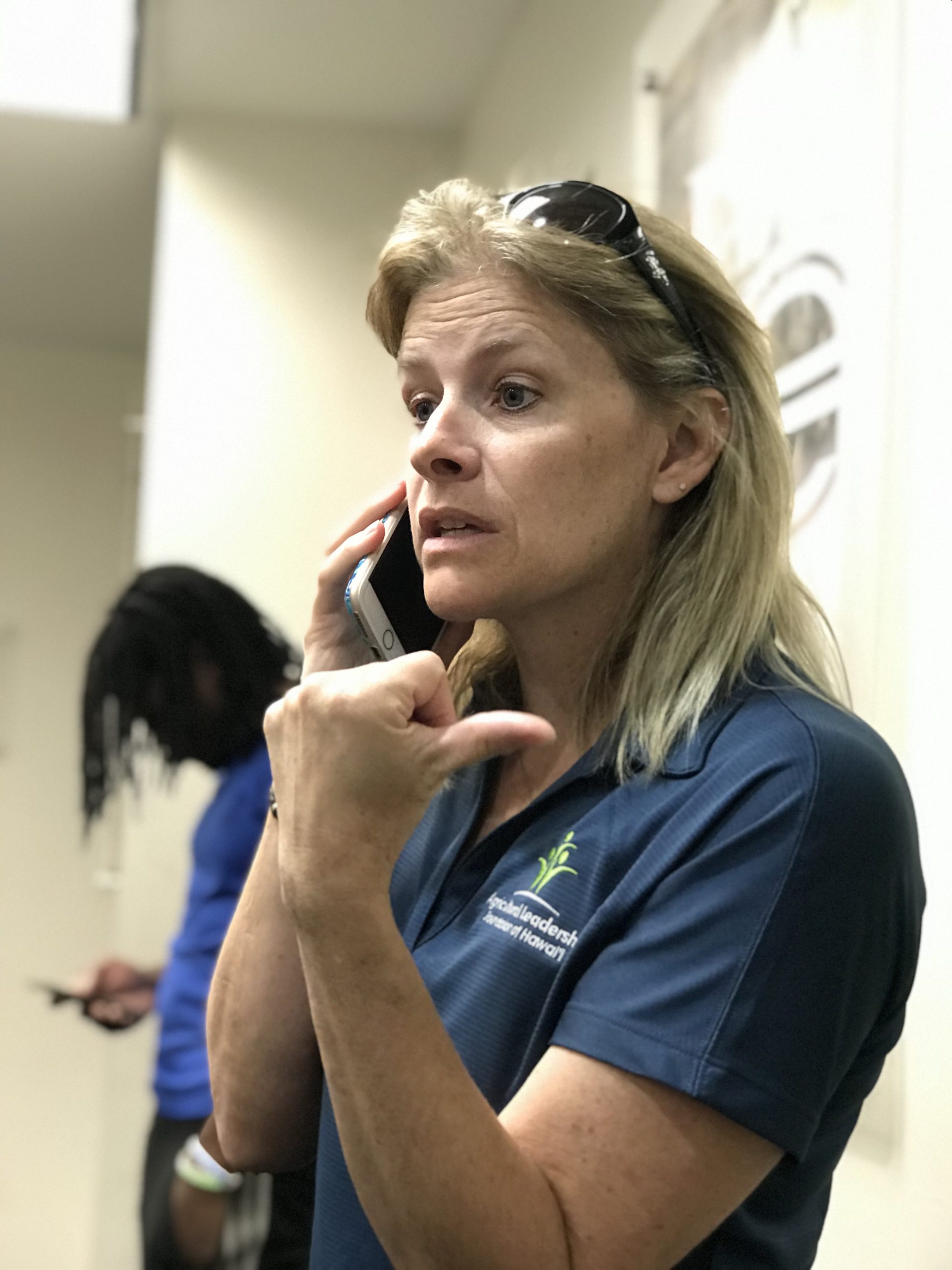
Thank you for your service Chris
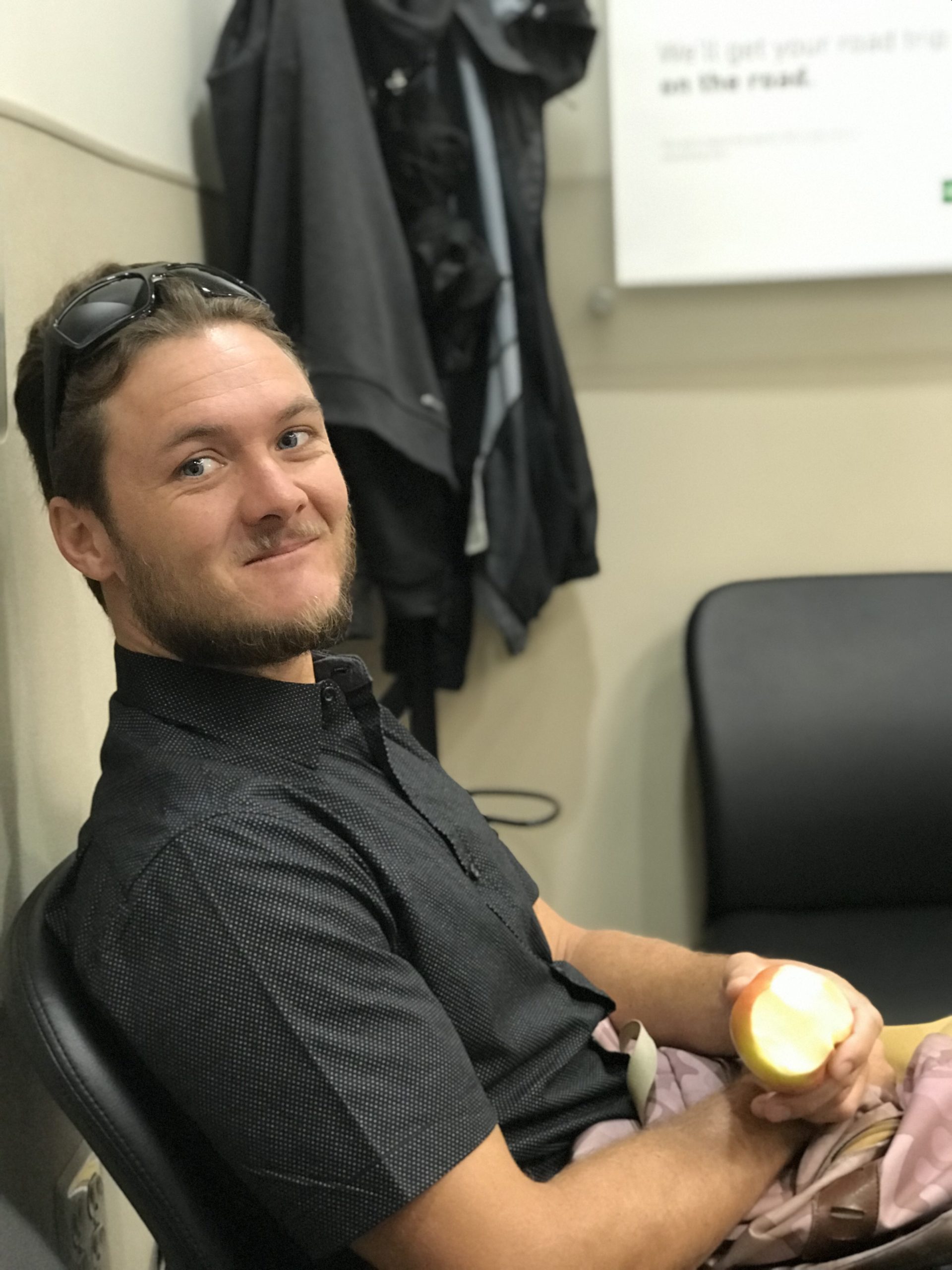
Nick found comfort in an apple
Us guys finally got our cars to meet the rest of Class XVI who had taxied to Beltsville Agricultural Research Center, also known as BARC. Beltsville is 6000 acres of Ag research paradise, that I both noticed and had pointed out, has amazing science and is in need of repairs. Approps committees take note!! (In DC the cool kids don’t say appropriations, they say approps).
The indomitable Janet Slovin is our concierge for the day, bringing us through the greatest hits of Beltsville, which I found fantastic in their rich scientific excellence.
Our first stop was a rare delight for yours truly, and one that I will ensure benefits the Hawaii Cacao industry. In fact, I was so all over it (in full mentat mode if you can pick up my Dune reference) that I feel I need to explain what happened during the visit to the rest of my classmates. Lyndel Meinhardt, Ph.D. Is a cacao, coffee, and tea researcher who also maintains a tropical plants collection along with the only legal coca plants in the US (the plant they get the flavor of coca-cola from, along with certain other products). I felt like I had ascended into heaven as these two greenhouses contained an almost complete collection of trees from the ICS series, some from the EEC series, and many other cacao breeding programs that I had heard about, or merely dreamed of. Budwood from these trees is supposed to be available to Hawaii growers, but in practice it is difficult to acquire. Imagine if you had read and fantasized about a number of varieties of a plant that are directly tied to the future of your business, but you had thought were out of reach or unavailable, and then you met the person who had all of them and who was quite lovely, friendly, and informed. My gosh it was exciting for me! I ended up staying back with Lyndel and letting the rest of the group go ahead. My hope is that with my new DC connections I will be able to nudge (as Senator Schatz recommends) the necessary agencies to get said budwood. I am grateful to my group for understanding my keen interest and I promise that good things will come for all of us from this, including lots of chocolate!
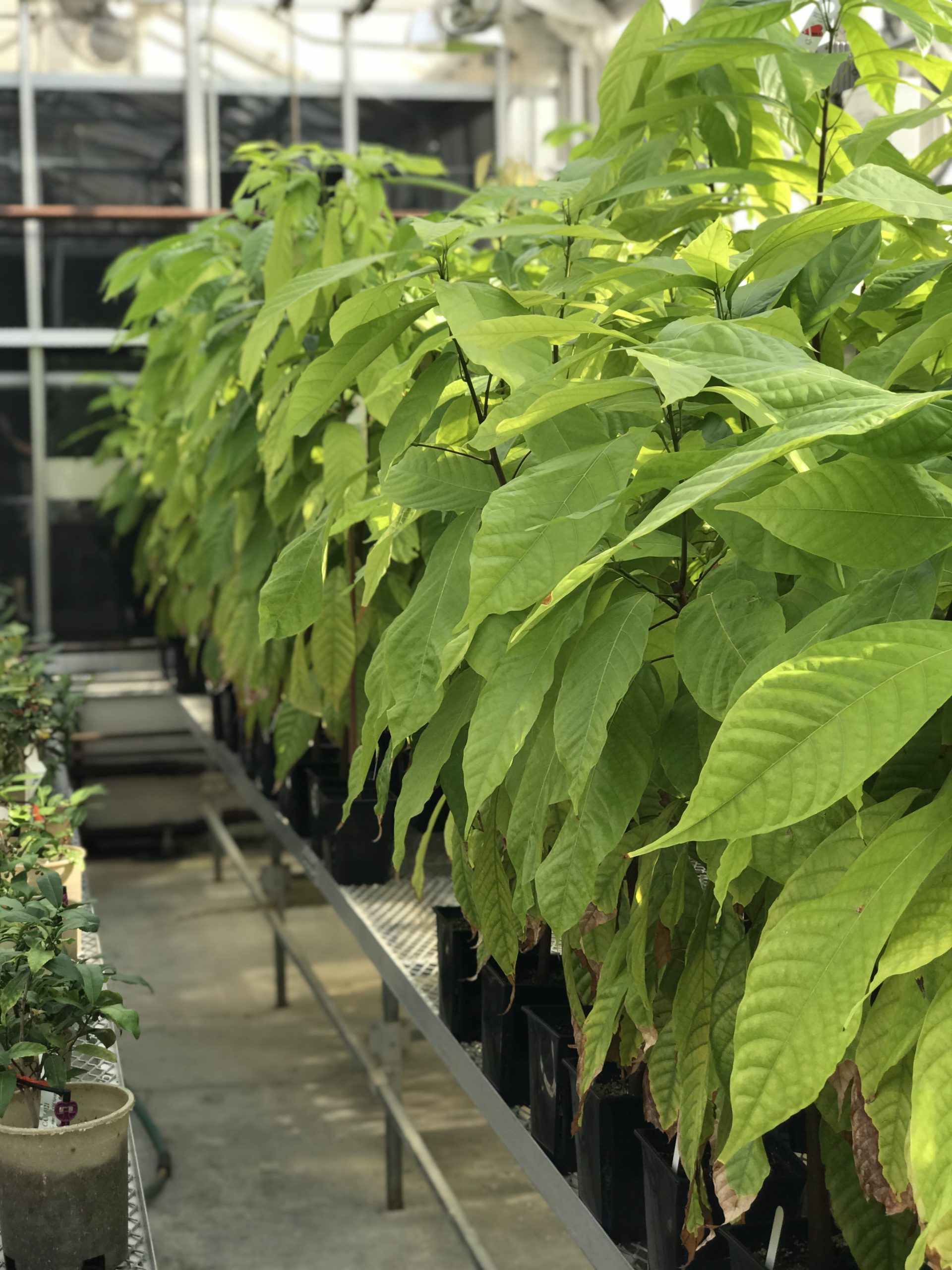
Some of the collection, each of these is a separate clonal selection. The ones on the close right are from the infamous CCN series
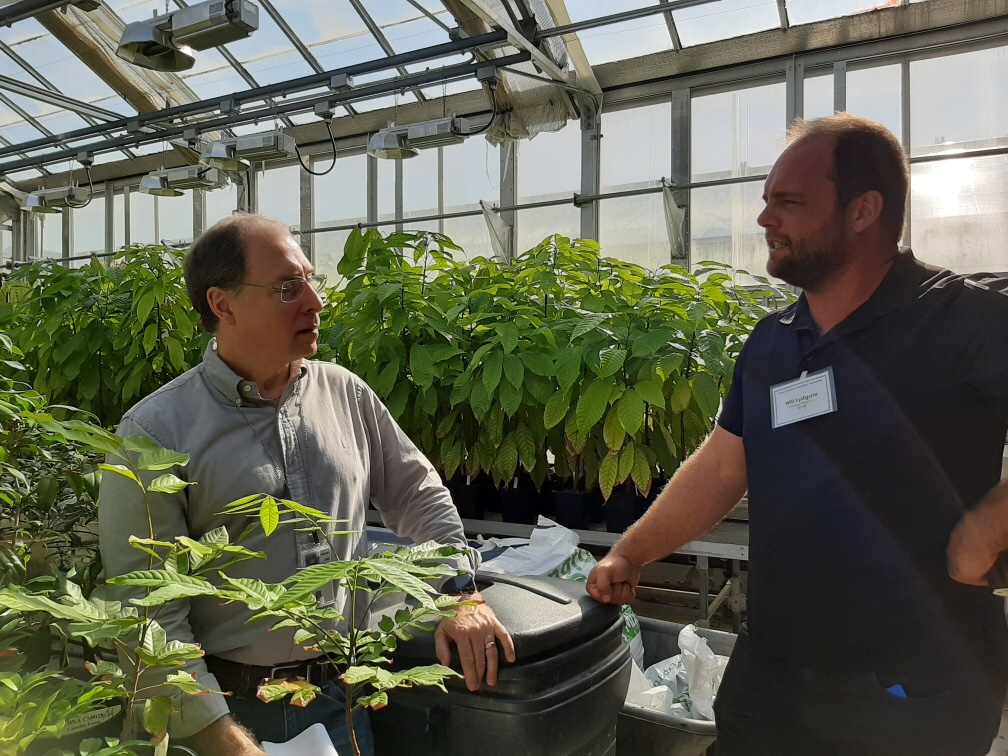
Lyndel and I discuss the white seeded amelonado called ‘Catongo’
After that was an excellent and engaging talk summarizing research into the impact of various farming practices into the soil microbiome by Jude Maul. It appears that use of organic fertilizers, crop rotation and cover crops, as well as ‘net productivity’ all can have a positive impact on soil health. And since we learn later that soil health does have an impact on produce nutrition, one of the themes that I took away today is that organic farming practices may lead to higher food nutrition. This is despite what I have been told that food freshness is in fact the driver of nutrition and not the farming practices. Soil microbiome is the key difference between practices, we are told here. If we can prove this out through more nutrition studies it could be a powerful sales driver for organic styles of agriculture. And help to send dollars to all types of farmers to improve soil health through proven practices.
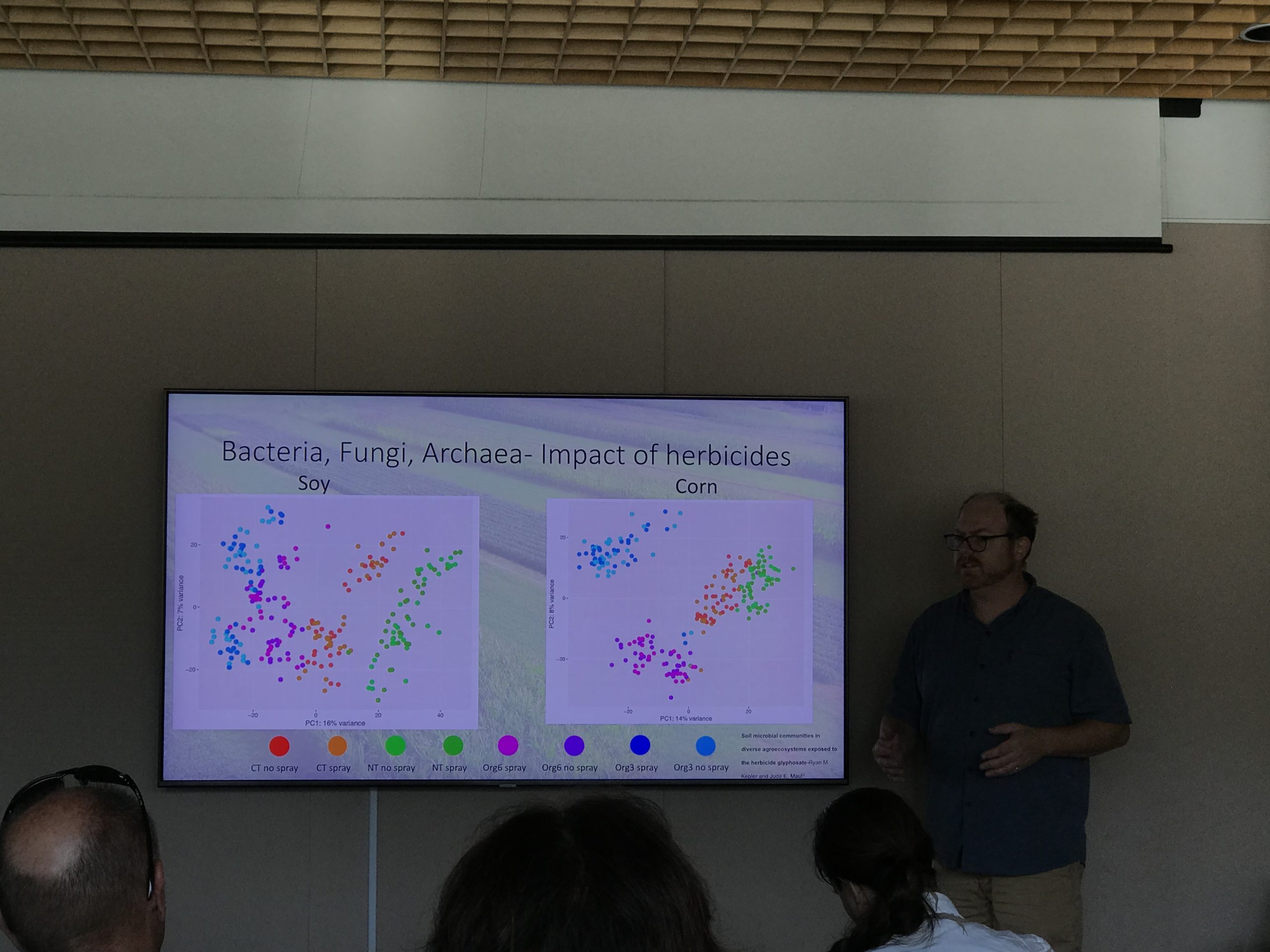
Glyphosate shows no impact to soil microbiome, but organic fertilizer, cover crops, and crop rotation do, in this study slide from Jude Maul
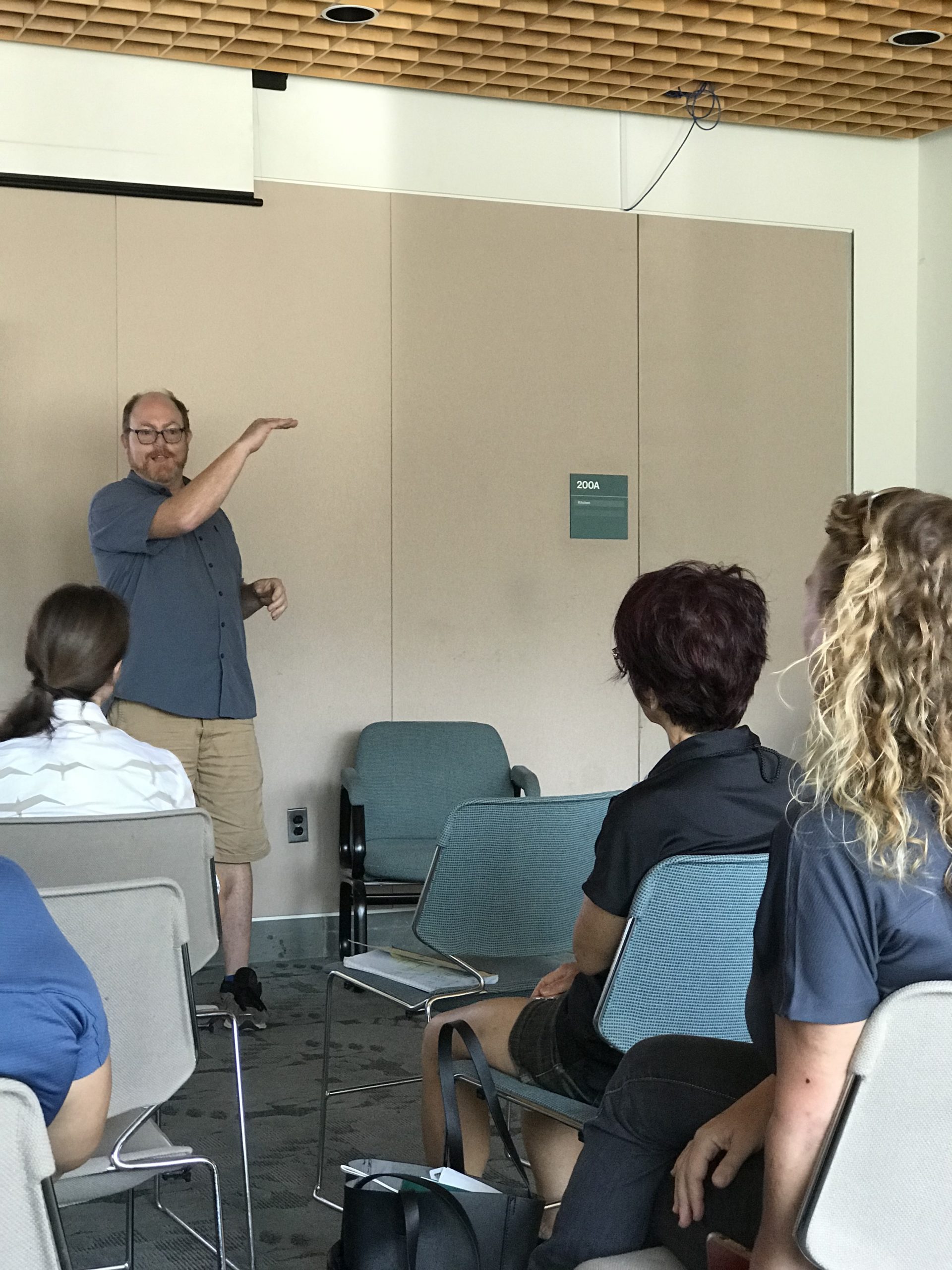
We are entranced by Jude Maul
Next are the bees! Jay Evans, bee disease specialist tells us all about his work. And we see a live hive up close!
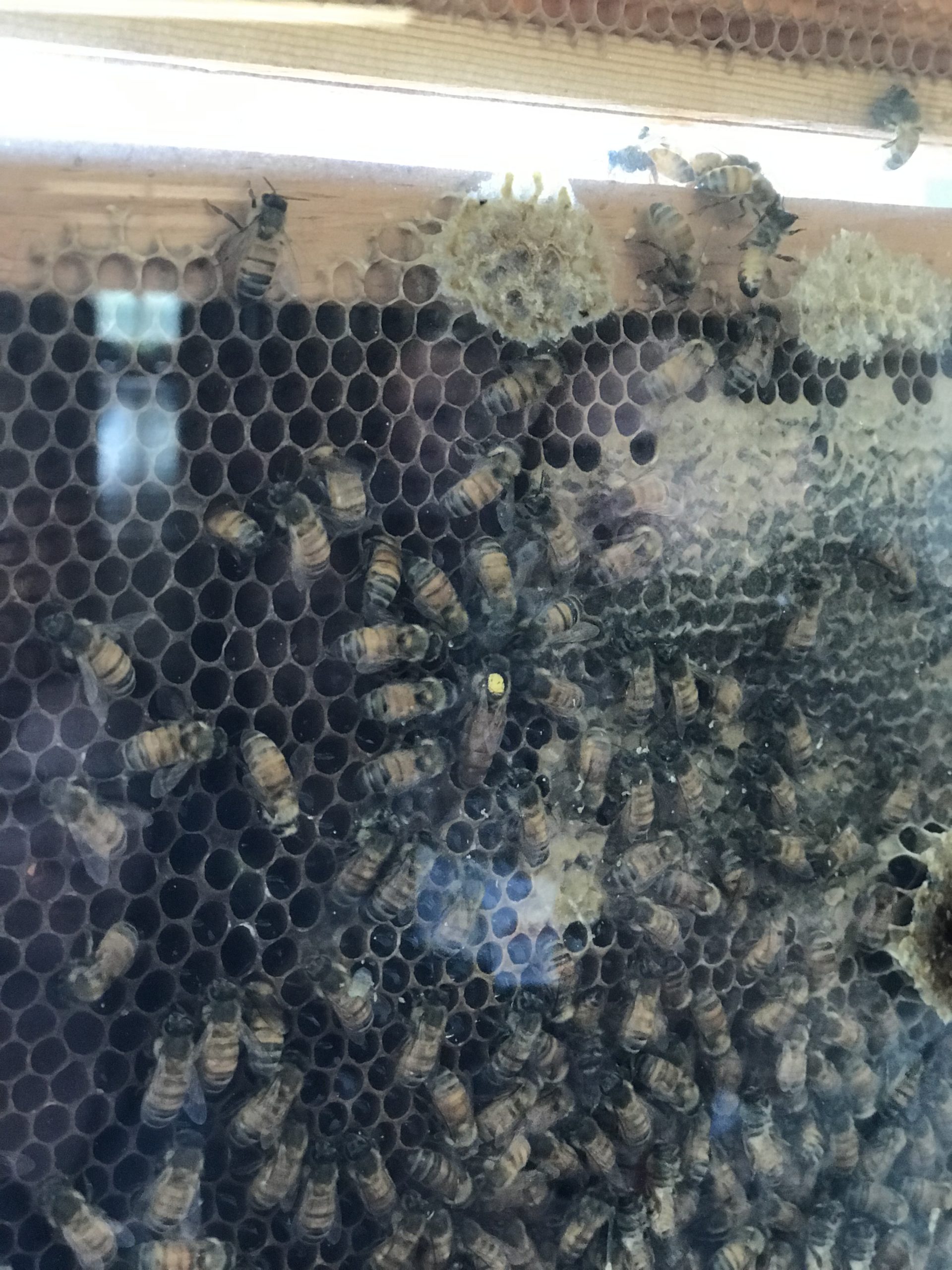
The queen bee has a yellow dot on her back
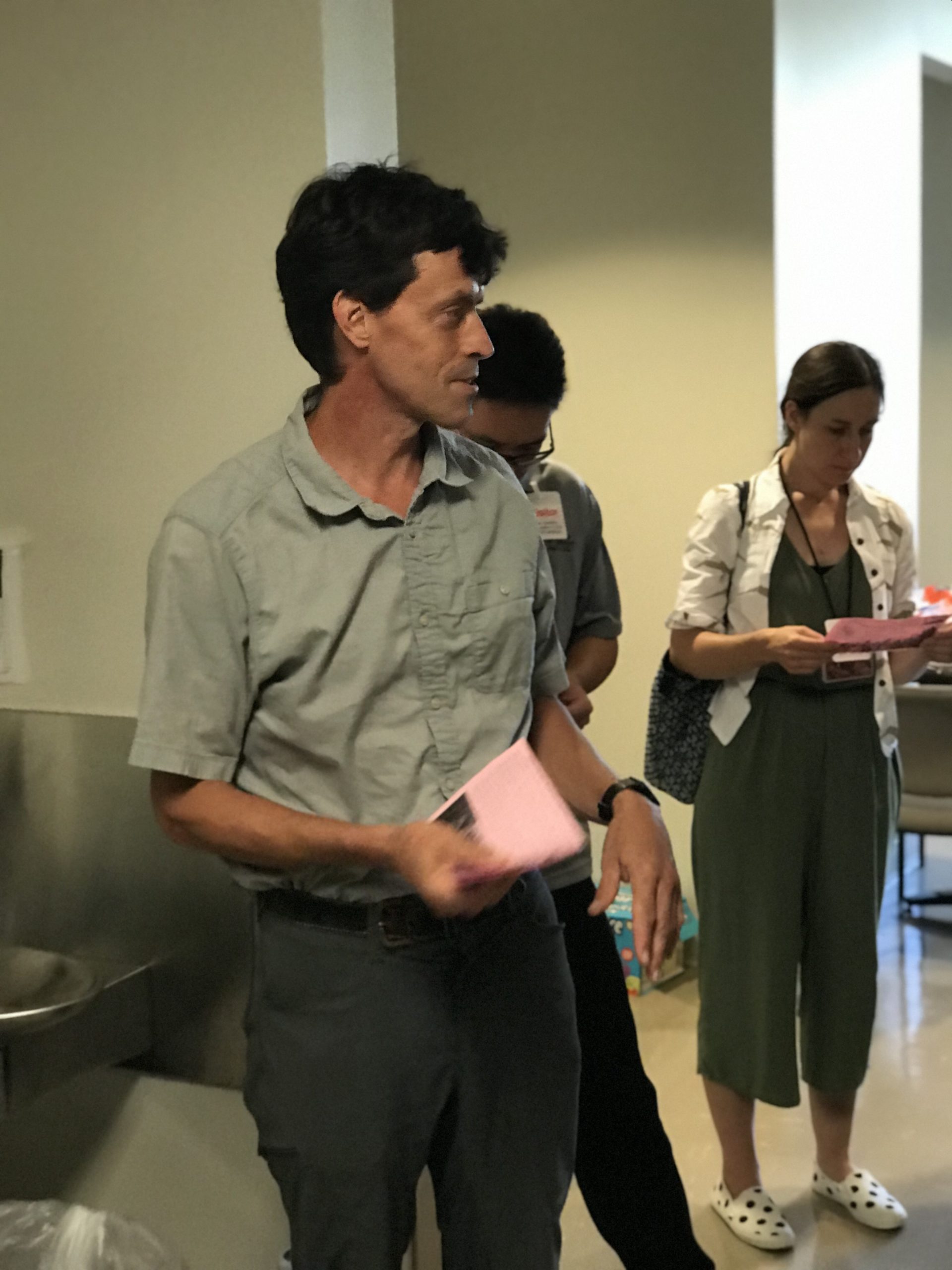
Jay brandishes a bee facts handout, he is a nice man
And now it’s lunch! Cookies, and ice tea, salads and sandwiches. We eat well as we listen to a presentation from Janet Slovin. She explains the transgenic process both in nature, through accidents of bacteria, and in the lab through the processes of scientists. Janet makes GMO’s sound promising and speaks with authority. Some in our crowd still have questions but there is no time for Q and A. I am left wanting to make a point. Facts follow feelings, as I was once told by a marketing expert. If the GM industry is to reach its full potential, it needs to take marketing and advertising seriously and stop relying on ‘science’ and ‘the facts’ to make its case. It needs to find a heart sell, an emotional appeal. It seems there is exciting work to be done here, but opponents of GM crops have a better marketing machine and a better emotional argument on their side. Ignore human nature at your peril! But I keep this to myself as we transition to the next speaker.
Naomi Fukugawa, a local girl from Hilo, is the director of the Beltsville Human Nutrition Research Center. USDA does a lot with human nutrition and she explains her work as well as gives us a tour of her labs. Fascinating!
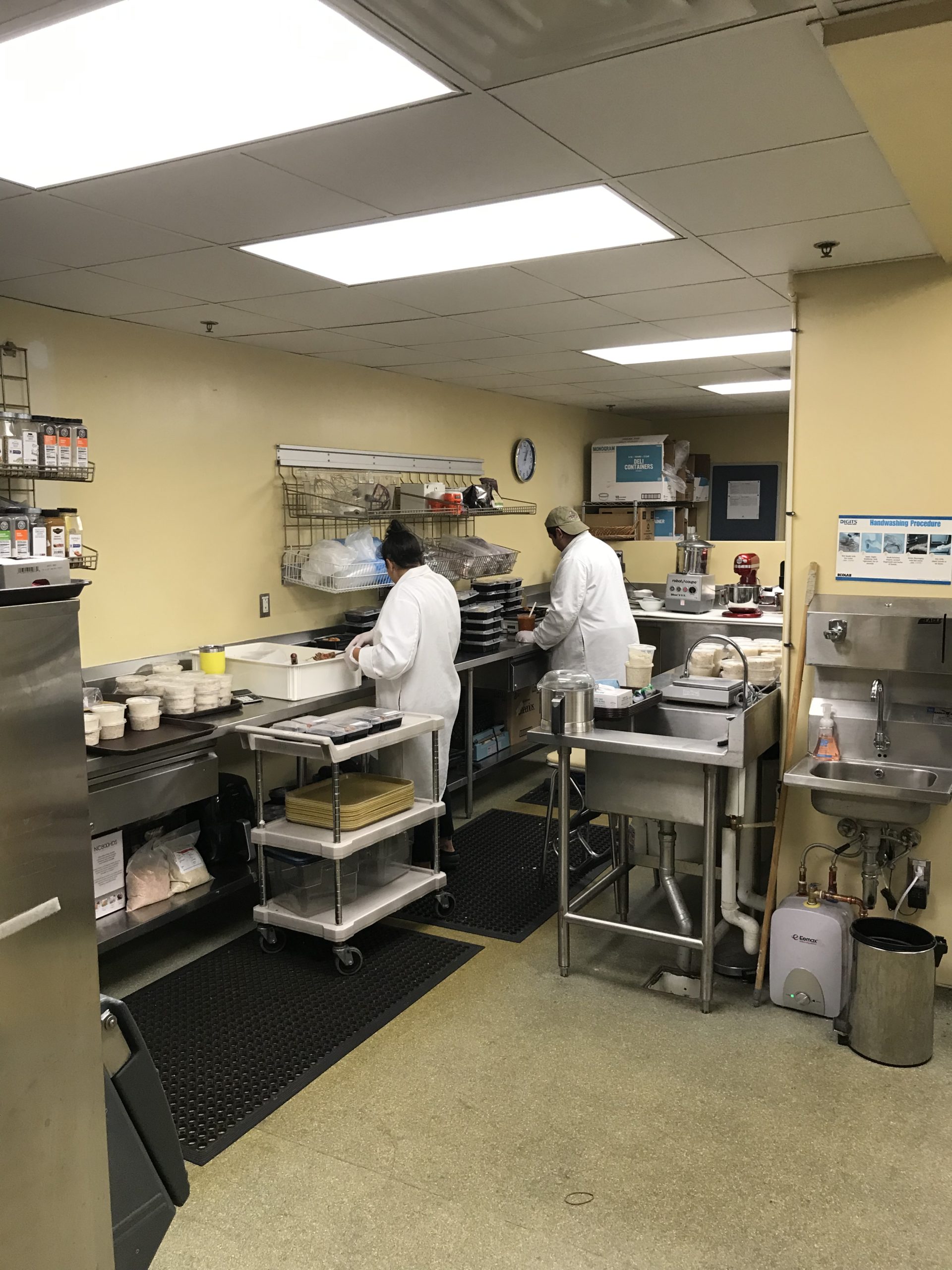
Professional meal prep for research studies
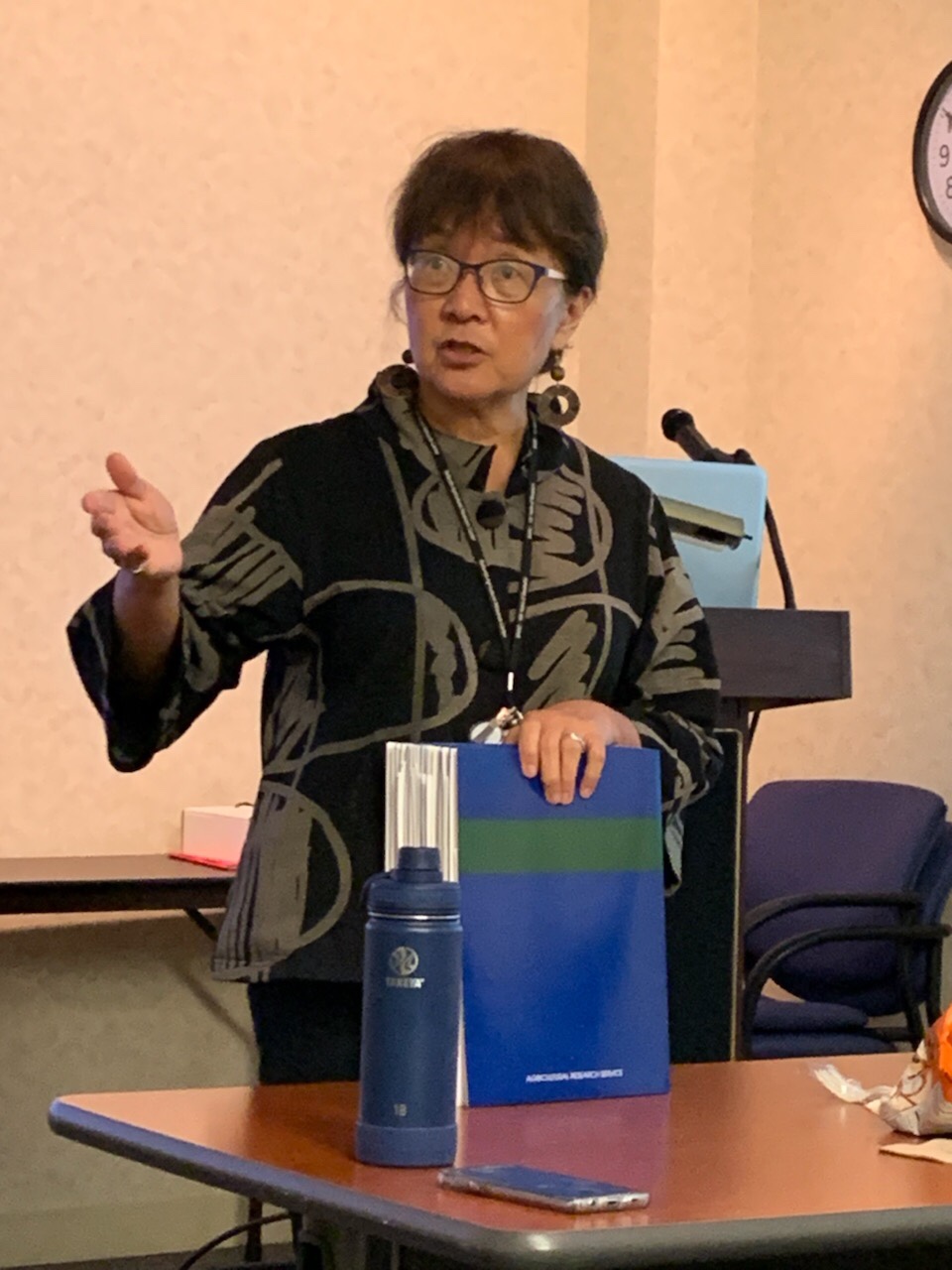
Naomi Fukugawa, physician and director of BHNRC
As we are waking out I notice something funny. Several times today and yesterday I hear USDA employees say, ‘increasing CO2 levels’, or ‘increasing adverse weather events’. They never use the term Climate Change. I begin to suspect that they have been sent a memo that they are not to use those words. I ask someone I encounter about this and they respectfully decline to answer the question, which is confirmation enough for me. How insane is it that scientists are not allowed to utter certain words?! I share some of the upset that they must be feeling about this ridiculous position they are in.
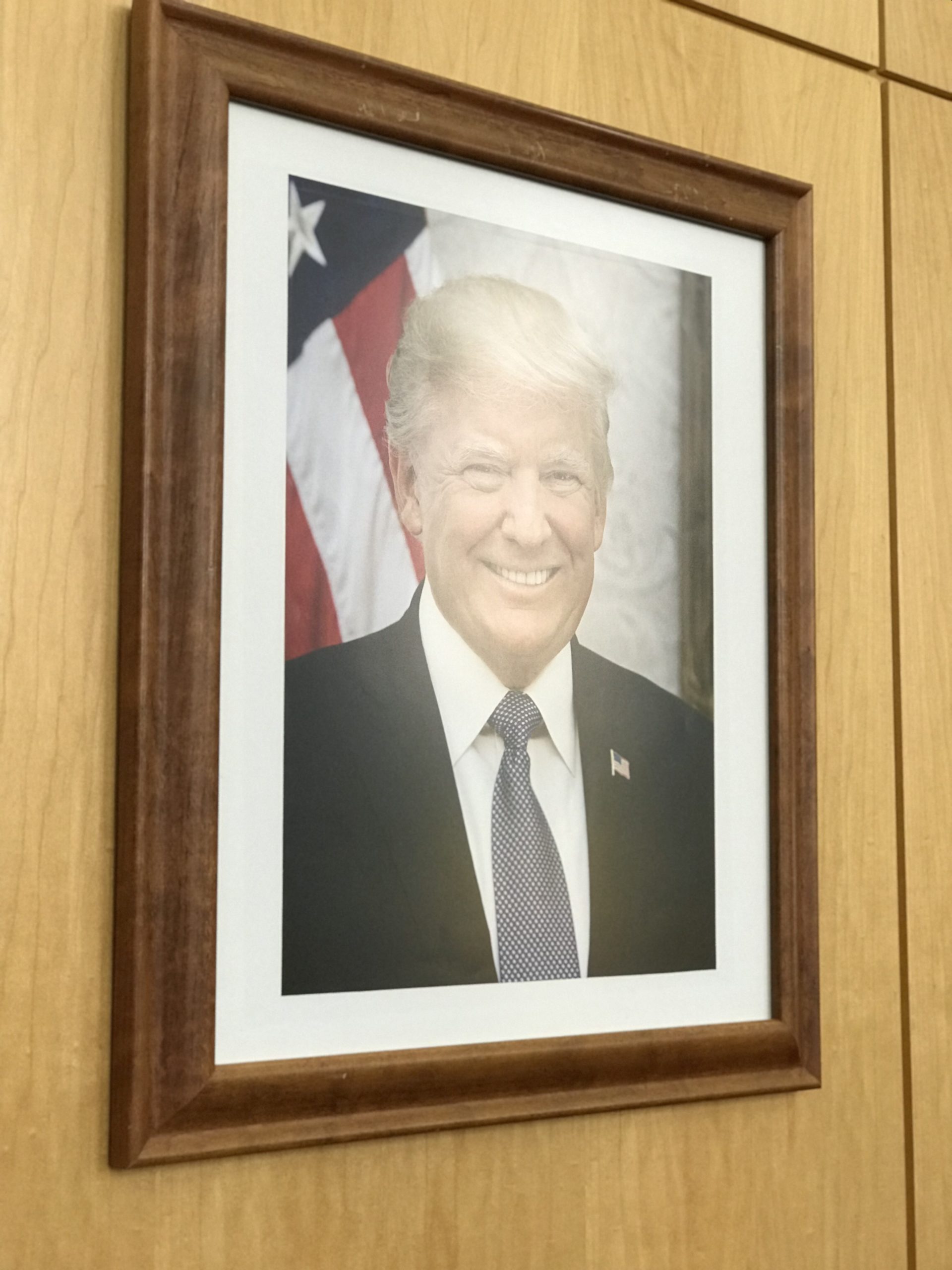
USDA employees are not allowed to say the words ‘Climate Change’ under the current administration. It’s hard not to notice the photos of this guy hanging all over the place and make the connection.
Our last Beltsville stop is the National Agricultural Library where the delightful Daniel Lech takes us through the collections.
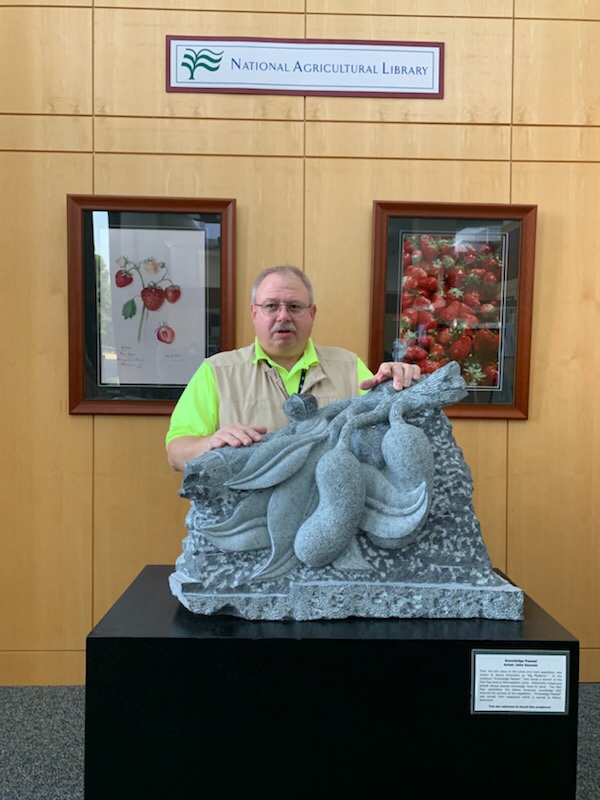
Dan loves his job
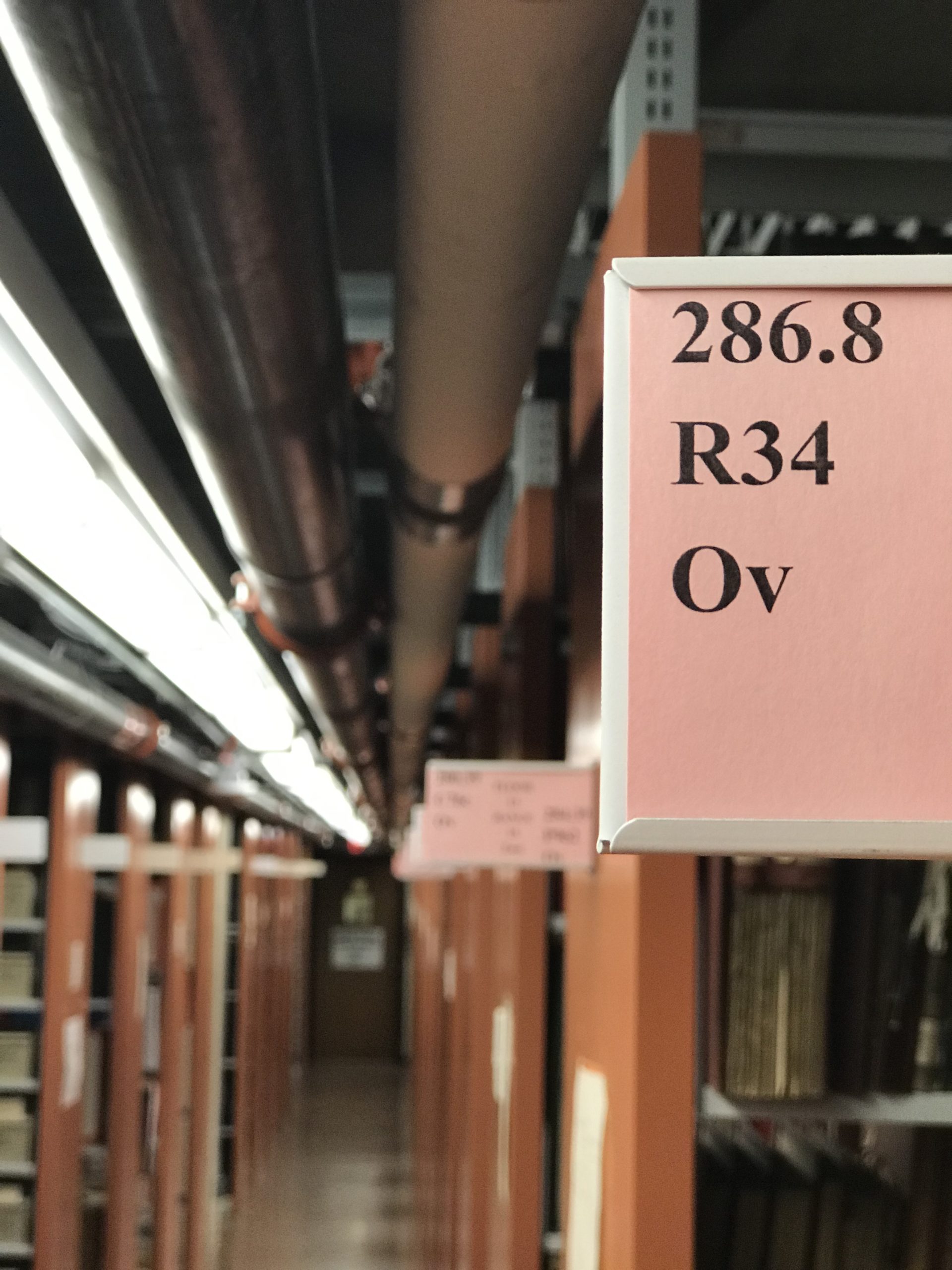
Floor to ceiling books in a 14-story building
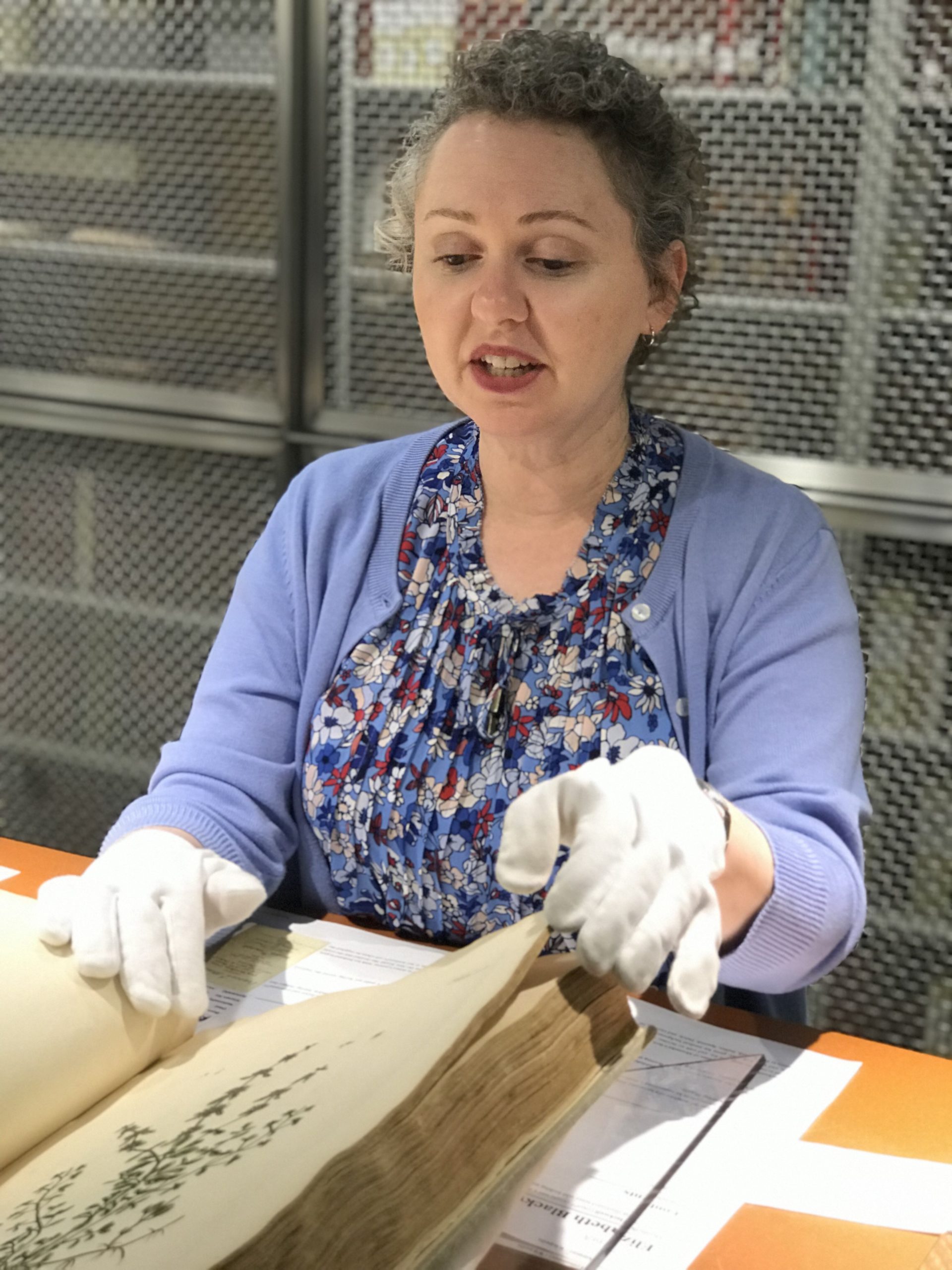
Library staff Sarah shows special collections
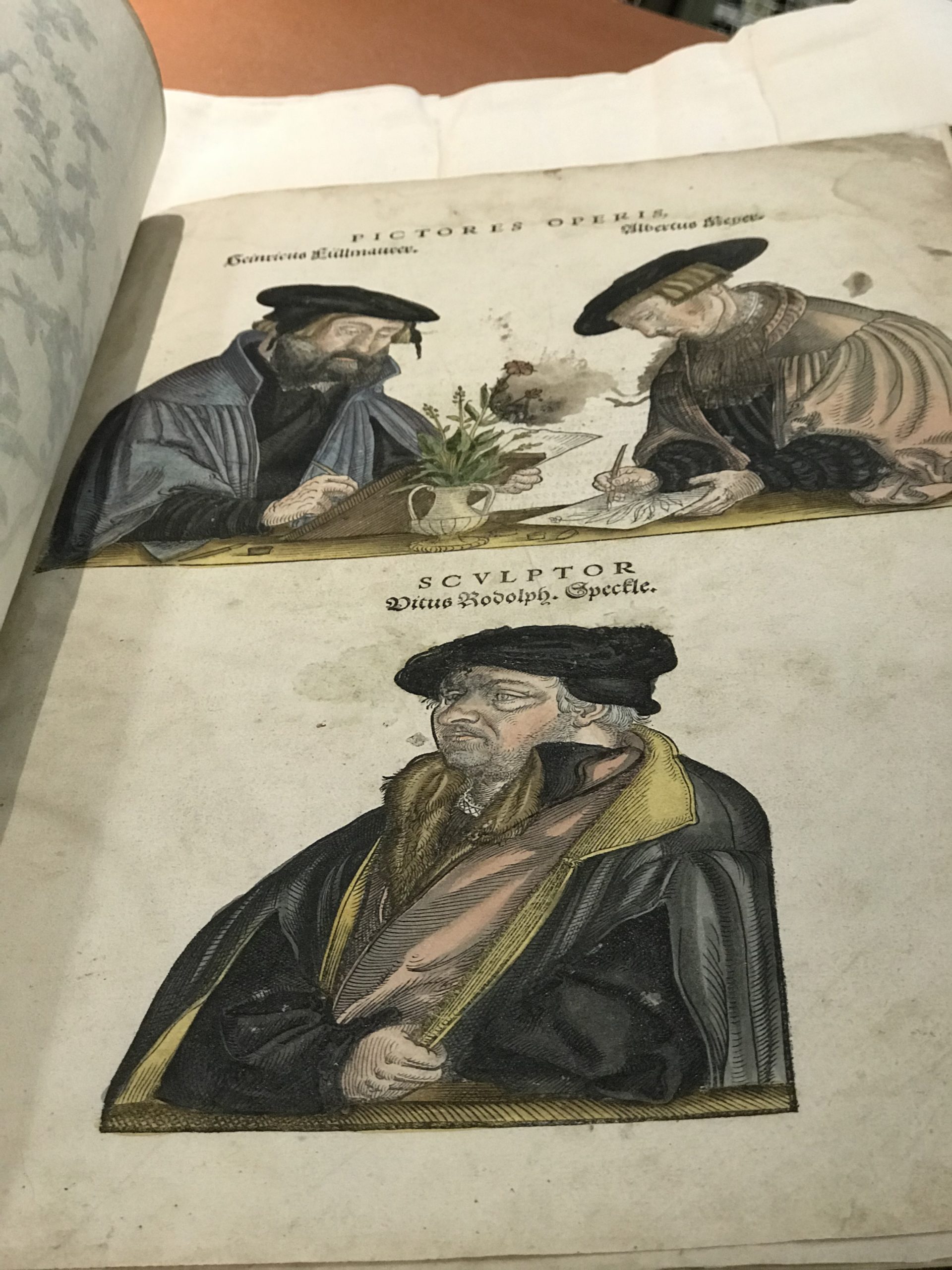
Rare books
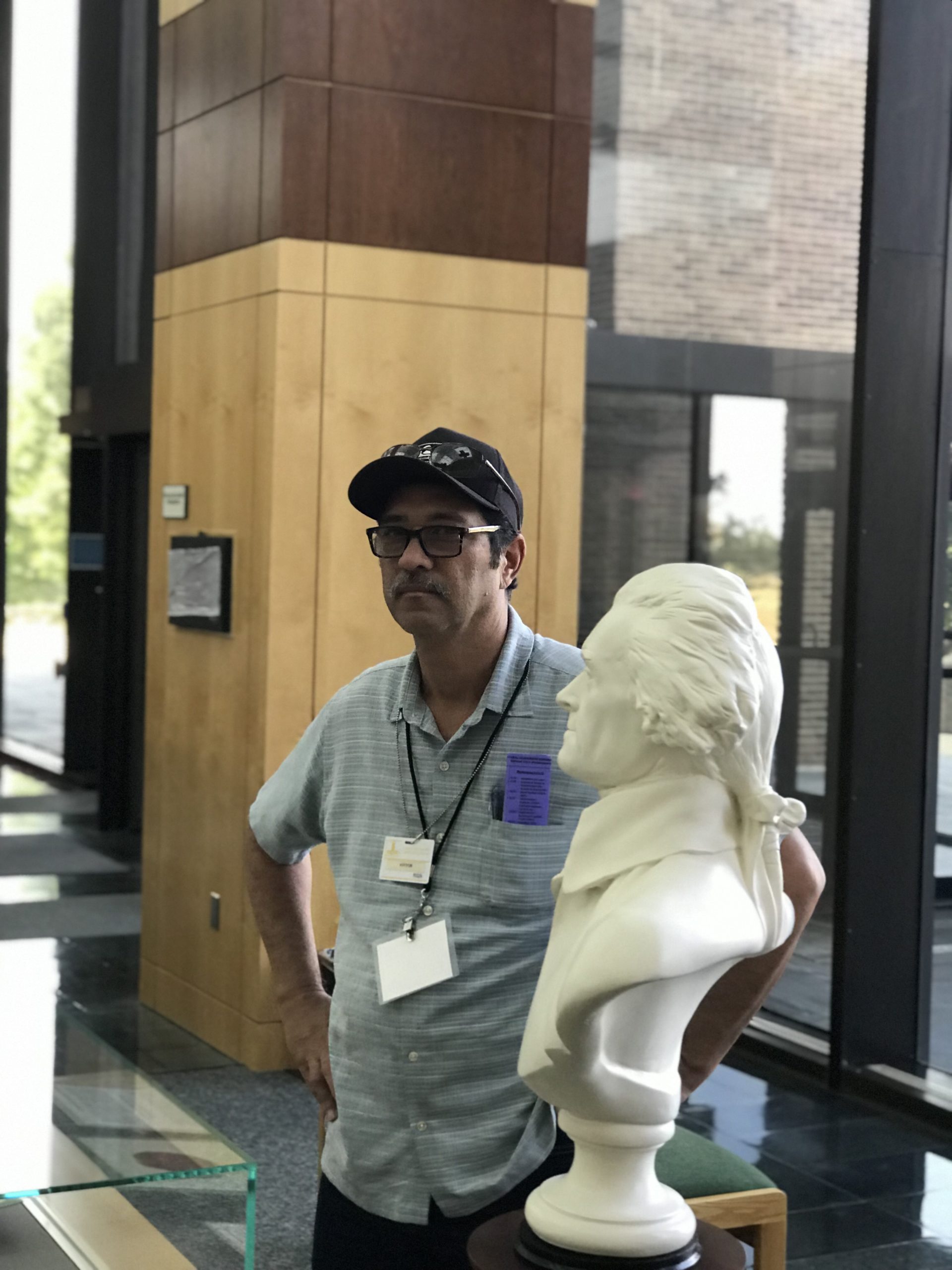
Gene Ross and Jefferson are together
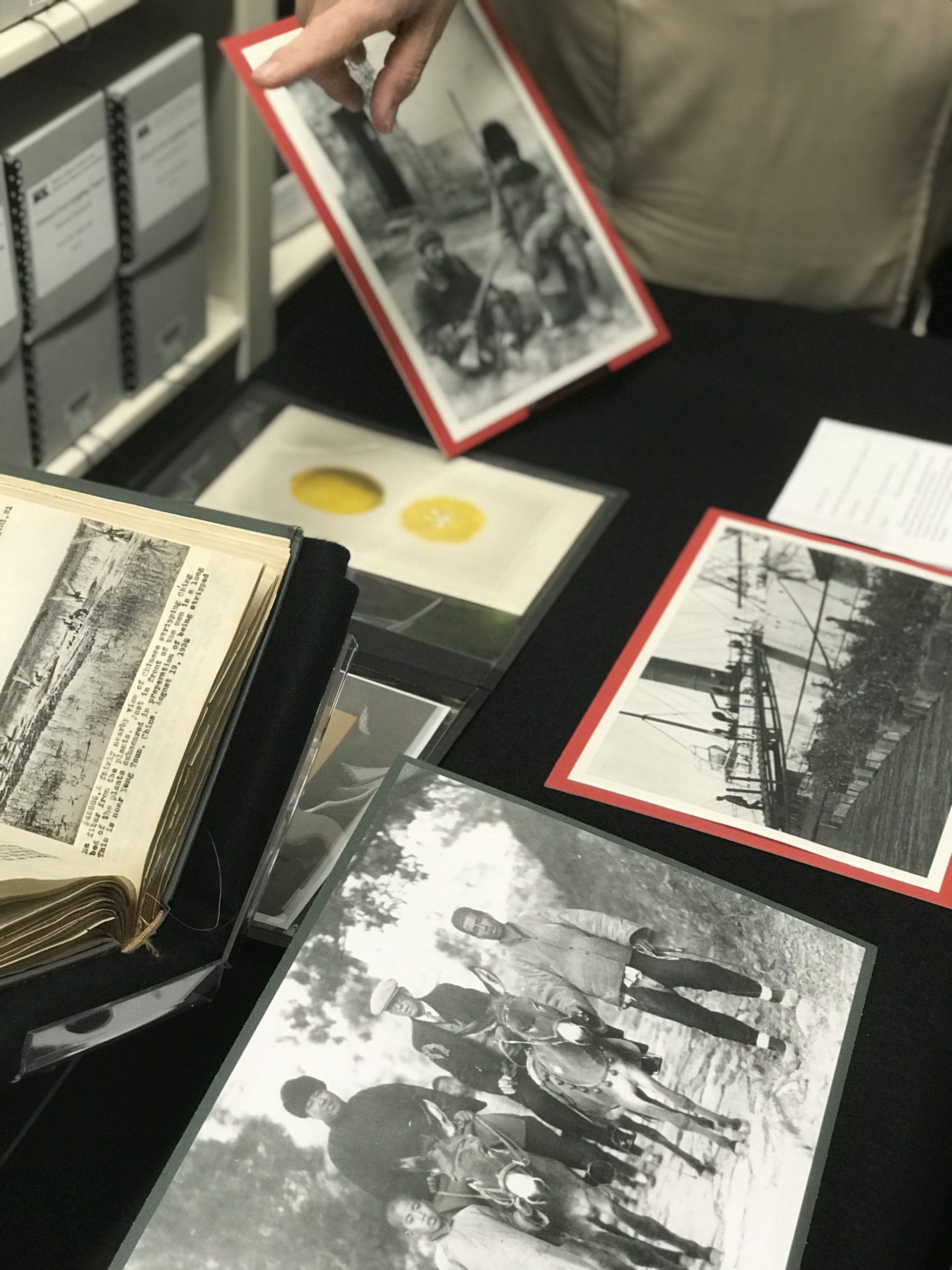
The chronicles of Frank Meyer. Thanks for the lemons!!!
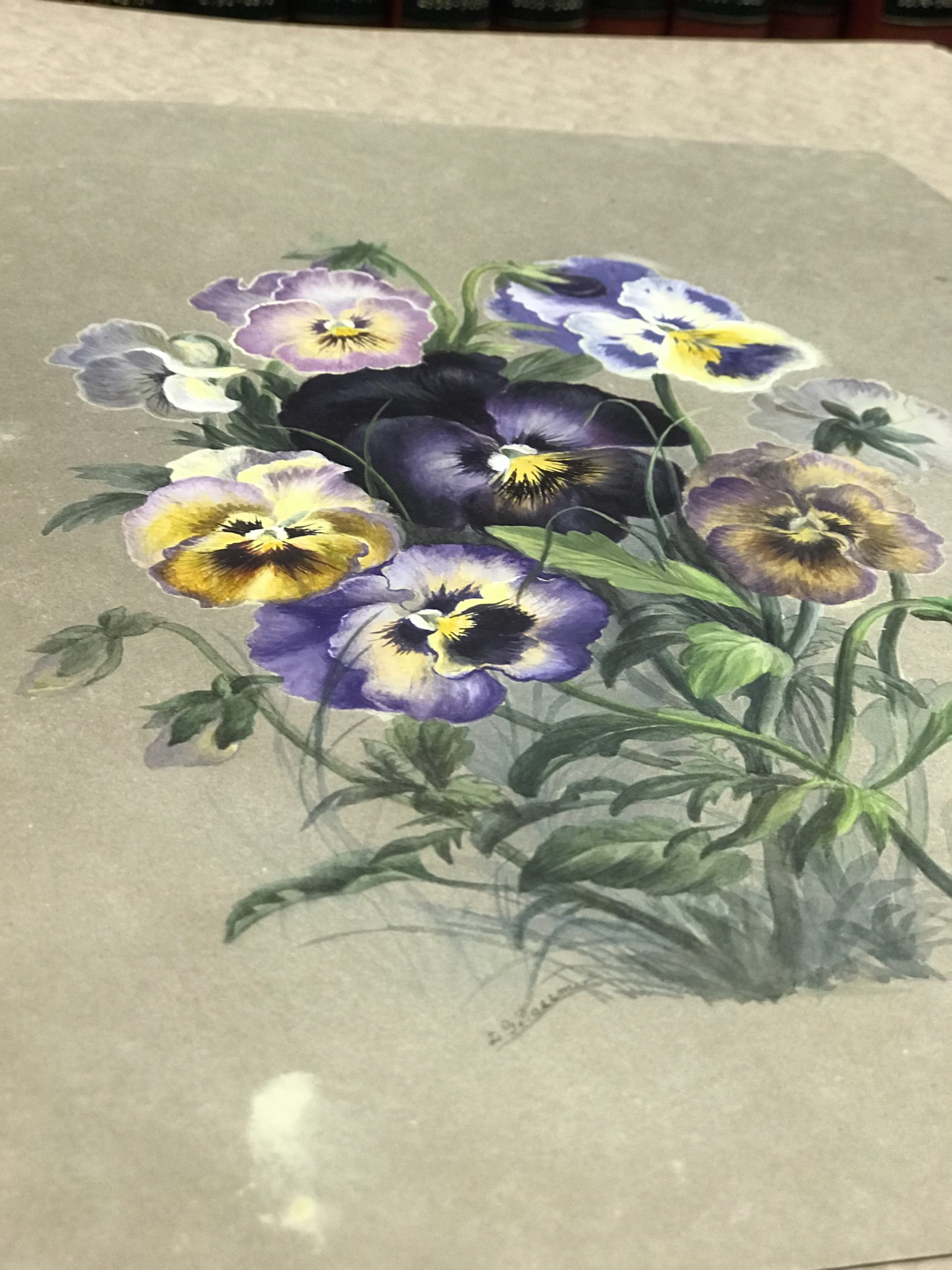
Illustration by botanical artist Deborah Passmore
After we leave Beltsville, and some complete the rental car saga, we head to a nice visit with Laurie Goodwin of ALP class 12-13 who is with CropLife International. Laurie shares Thai food and good cheer and all enjoy the visit and lobbying insight.
All and all this was one of our better days!
Best,
Will Lydgate
ALP Class XVI

